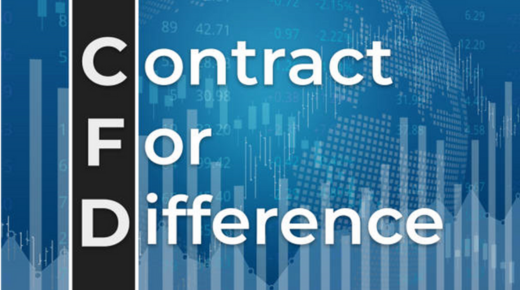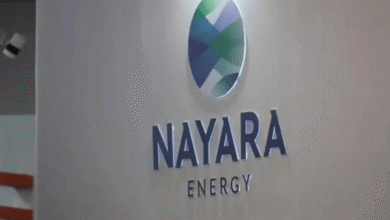Understanding Leverage and Risk in Forex CFD Trading

When it comes to the world of finance, there’s a certain thrill that comes with the idea of making big gains in a short amount of time. This is where leverage and risk in Forex CFD trading come into play. CFD trading, or contract for difference trading, is a popular method for speculating on the price movements of various financial instruments, including currencies, indices, commodities, and more. But what exactly is leverage, and how does it interact with risk in forex CFD trading? Let’s dive in and explore the dynamics of these two powerful forces in the financial markets.
The Power of Leverage
Leverage is essentially a tool that allows traders to control a larger position in the market with a relatively small amount of capital. It’s like borrowing money to invest in the hopes of making a significant return. For example, if you have $1,000 and you want to trade a $10,000 position, you can use leverage to achieve this. This means you’re essentially ‘borrowing’ $9,000 to trade with, which can amplify your potential gains but also your potential losses.
Understanding the Risks
While leverage can be a powerful tool, it’s important to understand the risks involved. The main risk with using leverage is the potential for significant losses. If the market moves against your position, you could lose more than your initial investment. This is because the losses are magnified by the same factor that the leverage magnifies your gains. It’s a double-edged sword, and it’s crucial to be aware of the potential downside.
Managing Risk in Forex CFD Trading
To manage risk in Forex CFD trading, there are several strategies that traders can employ. One of the most common is setting stop-loss orders. A stop-loss order is an instruction to close a trade when it reaches a certain price, limiting the potential loss. This can be a valuable tool in managing risk, as it helps to ensure that you don’t lose more than you’re willing to risk.
Another strategy is to only trade with a portion of your available capital. This is known as position sizing, and it can help to ensure that a single trade doesn’t wipe out your entire account. By only risking a small percentage of your capital on each trade, you can protect yourself from large losses while still allowing for the potential for significant gains.
The Role of Knowledge and Experience
Knowledge and experience play a significant role in managing the risks associated with leverage and Forex CFD trading. The more you understand about the markets, the better equipped you’ll be to make informed decisions. This includes understanding market trends, economic indicators, and the impact of global events on currency values.
Experience also comes into play, as it allows you to develop a feel for the market and to learn from past trades. This can help you to identify patterns and make better decisions about when to enter and exit trades. It’s also important to learn from your mistakes and to continually refine your trading strategies.
Embracing the Learning Curve
The learning curve for Forex CFD trading can be steep, but it’s an essential part of the process. It’s important to start small and gradually increase your trading size as you become more comfortable with the markets and your strategies. This can help to minimize the risks associated with trading and to ensure that you’re not overexposed to potential losses.
Conclusion
In conclusion, leverage and risk are two sides of the same coin in Forex CFD trading. While leverage can provide the opportunity for significant gains, it also comes with the potential for significant losses. By understanding these risks and employing strategies to manage them, you can navigate the world of Forex CFD trading with confidence. Remember, knowledge is power, and the more you know about the markets, the better equipped you’ll be to make informed decisions and manage your risk effectively.




